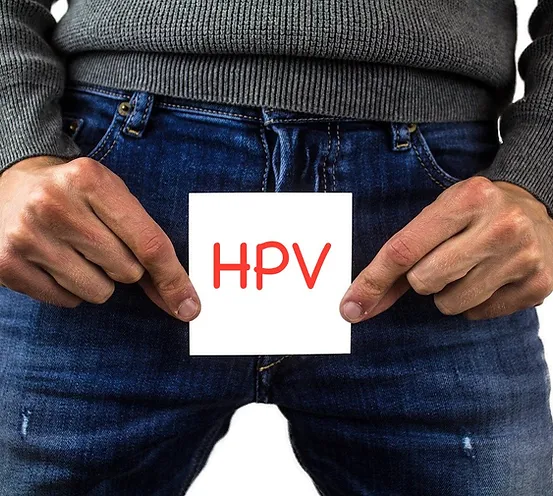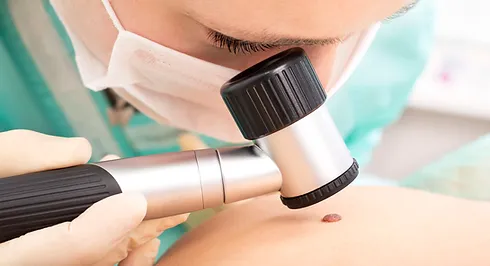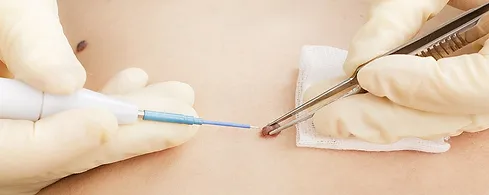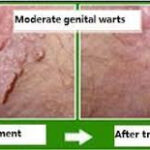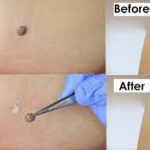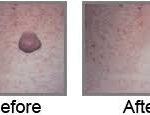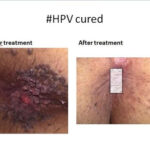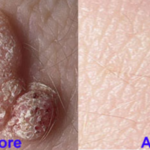Pigmentation in the area may reoccur if there are hyperpigmented cells located beneath the surface of the skin. If this pigmentation occurs after we have provided the radiofrequency mole removal treatment, we recommend coming in for a re-treatment of the area. It has nothing to do with the method of removal – it’s simply a matter of the skin’s pigment. If this reaction occurs after treatment, we can look into providing treatments to address this concern
1) Topical medication : A person applies a cream or liquid directly to the warts for several days each week for several weeks.Topical wart treatments that your doctor can prescribe include:
– Podophyllin
– Trichloroacetic acid, or TCA.
However local skin irritation and ulcer is a common complication.
2) Cryotherapy: using liquid nitrogen or a “cryoprobe.” This method freezes the wart. It’s a great therapy because it has a fast reaction rate with minimal side effects
The Centers for Disease Control and Prevention (CDC)Trusted Source report that infection with HPV, the virus that causes genital warts, is the most common STI in the U.S. That said, only 10%Trusted Source of people who come into contact with HPV develop genital warts, and many people have HPV infection but no symptoms.
The CDC estimate that 1 in 100 sexually active adults in the U.S. have genital warts at any one time
The human papillomavirus (HPV) causes warts. There are more than 40 strains of HPV that affect the genital area. Genital warts are almost always spread through sexual contact. Your warts don’t have to be visible for you to spread the infection to your sexual partner.Most people who are sexually active get infected with genital HPV at some time. Factors that can increase your risk of becoming infected include:
– Having unprotected sex with multiple partners
– Having had another sexually transmitted infection
– Having sex with a partner whose sexual history you don’t know
– Becoming sexually active at a young age
– Having a compromised immune system, such as from HIV or drugs from an organ transplant
Genital warts can be passed on through skin-to-skin intimate contact with someone who has the wart virus or through sharing sex toys. The virus can remain in the body and be passed on before warts become noticeable or after they have disappeared. It is rare but possible for warts to be transmitted through oral sex.
You cannot catch warts through sharing cutlery, toilet seats, towels, swimming pools, baths, cups and plates. How are genital warts diagnosed?
HPV infection complications can include Cancer. Cervical cancer has been closely linked with genital HPV infection. Certain types of HPV also are associated with cancers of the vulva, anus, penis, and mouth and throat. HPV infection doesn’t always lead to cancer, but as we all know, prevention is better than cure

